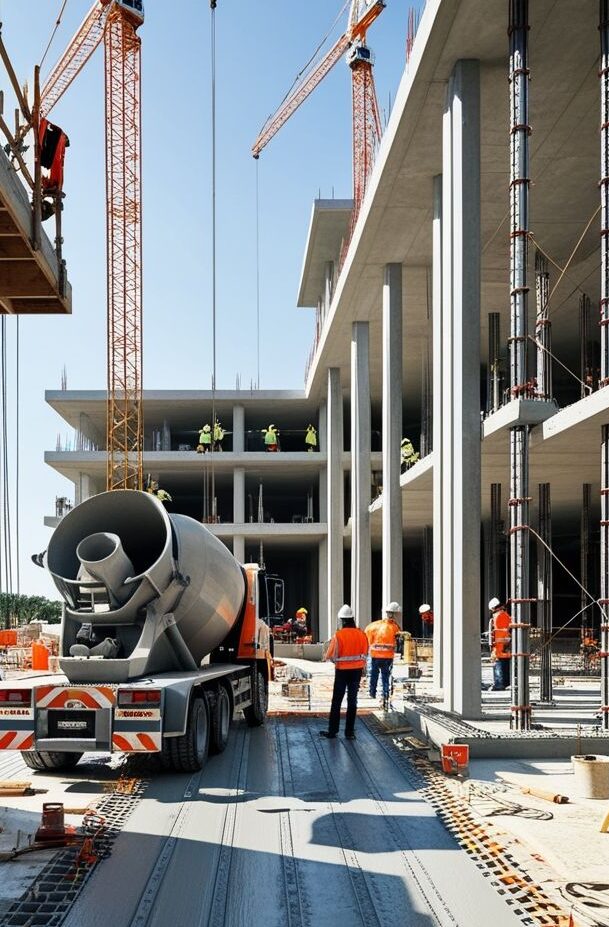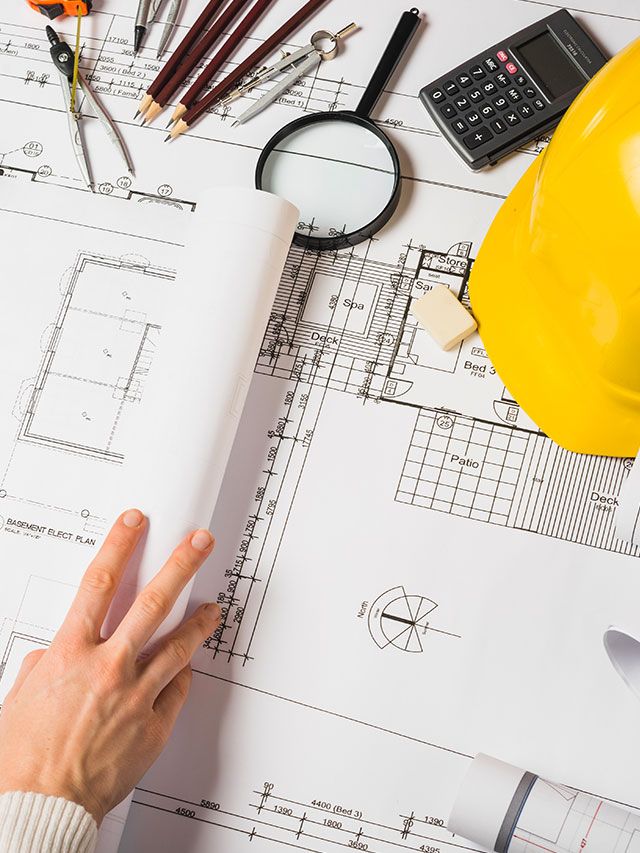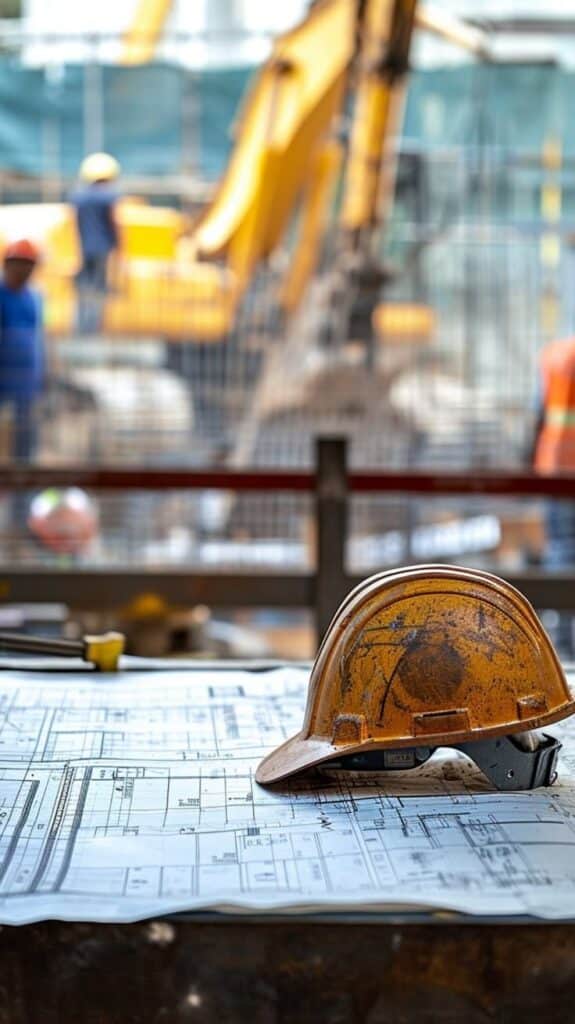You know that feeling the morning after you’ve submitted a bid? That low-grade anxiety in your stomach, whispering that you might’ve missed something? Every contractor knows that feeling, and honestly, that’s the heart of why services from Construction Estimating Companies matter so much.
An accurate estimate doesn’t just give you a number; however, it gives you peace of mind by setting the tone for the entire construction project. It defines cash flow, scope of work, and project schedule, and it tells the owner what’s realistic, gives the group direction, and expands your profit margins from day one.
You can have beautiful drawings, the best trades in town, and a dream client, but if the numbers are off, everything else collapses. A strong estimate is what separates the projects that stay on track from the ones that drown in chaos.
The Importance of Construction Estimating


Construction means many targets, including price changes, design modifications, scheduling, etc. So, bad luck is not the thing that blows the budget, but it’s the inaccuracy of the calculation.
With accurate estimating, everyone in the construction team can make the right decision.
- Owners can decide whether a project is worth it.
- Procurement knows what to buy, when, and in what quantity.
- Finance teams plan accurate cash flow.
- Contractors bid smart instead of desperately.
According to industry data, large construction projects can run up to 80% over budget. That’s not a small miss; however, that’s survival money. You can prevent it with consistent, data-backed estimating practices.
Benefits of Dependable Construction Cost Estimating

There’s a clear, measurable payoff when estimating is done right. Let’s talk about what it actually changes in your daily operations.
- Higher Profits Margins & Fewer Surprises
Accurate estimates lay the foundation that reduces the gap between your expected profit and actual earnings. You experience fewer unforeseen expenses and hence increase your profit from each construction project.
- Faster Bid Turnarounds
Defined assemblies and templates cut bid prep time from days to hours. Instead of reinventing the wheel for every bid, you simply plug in the right data, benefiting from accurate estimates.
- Better Cash Flow & Procurement
Reliable estimates map out exactly when materials are needed. That means you can plan bulk orders, lock in prices, and skip the overnight freight fees.
- Fewer RFIs & Clearer Scope of Work
Accurate scopes mean better subcontractor pricing. You’ll get fewer phone calls on “what’s included?” This also lessens confusion during bid review.
- More Competitive Bids
When your estimates are based on real market data, you can price with confidence. Ultimately, it makes you stop guessing and start winning.
Where Most Firms Go Wrong & How Pros Fix Them?

Most estimating problems don’t come from incompetence; however, they come from habits. Here’s where teams usually slip, and how to fix it.
| Problem | Solution |
| Treating data migration like a checkbox. | Make migration its own project. Validate every data field before going live. |
| Assuming subs will adopt new portals instantly. | Train them. Run both systems in parallel for a few weeks. |
| Buying software without changing the process. | Map your workflow first, then pick tools that fit it. |
| Ignoring audit and compliance. | Choose platforms with version control and traceable change logs. |
Ensure discipline, patience, and clear communication for seamless management. Once these habits are built, construction estimating software will become a force multiplier.
What Makes a Reliable Construction Estimator


Not all estimators are equal; their Construction Estimating Services must feature:
- Proven Methodology: They rely on documented assumptions, QA checklists, and repeatable templates.
- Local Market Knowledge: They track real supplier data, not national averages.
- Measured KPIs: They monitor accuracy, cycle time, and bid success rate.
Note: If an estimator can’t show data behind their work, they’re guessing, and you can’t afford guesses in this business.
Features That Actually Matter in Construction Estimating Tools
You don’t need 100 dashboard charts. However, you need features that make work faster and accurate.
| Factor | How to Test It |
| Accurate Takeoffs | Run the same plan twice. Results should match within 1–2%. |
| Assembly Libraries | Test by cloning a past project and checking data reuse. |
| Two-Way Syncs | Change a number in accounting, see if it updates everywhere. |
| Version Control | Review the change history; can you track who changed what? |
| Offline Mode | Try editing with a poor signal and sync later. |
How to Measure ROI From Your Estimating Process

Estimating should pay for itself, and you can prove it using the following ROI factors.
| ROI Factor | Formula |
| Baseline | Track the current estimated time and cost variance. |
| Savings | (Time saved × hourly rate) × bids per month. |
| Costs | Licenses + setup + training. |
| Payback Period | Cost ÷ monthly savings = months to recover. |
Note: If your ROI takes longer than six months to recover, something’s wrong with either your process or your partner. Work on it to get good, quick results.
Make Subcontractor Management Work!
Subcontractors don’t stand on the roadside; however, they are builders. The simpler you make it, the faster they’ll buy in.
- Give them a one-page quote form.
- Walk them through the scope on a 20-minute call.
- Offer a perk for early submissions (faster reviews, quicker payouts).
Key KPIs to Track Progress
Want to know if your estimating system is working? Watch these numbers:
- Estimate cycle time (hours per bid)
- Variance between the estimate and the actual cost
- Win-to-bid ratio
- RFI count related to unclear scope
- Rework hours caused by estimate changes
If two or more improve after implementation, you’re on the right path.
How Often to Update Estimates

Never treat an estimate as “done.” You need to update your reports consistently. Use the following practices for it.
- At schematic design
- At design development
- Before final bid submission
Note: For large or fast-moving construction projects, recheck monthly or after any scope change. It’s easier to tweak early than patch late.
How Estimating Eliminates Project Delays
Ever had a team waiting on a missing order? That delay probably started in estimating. On-point estimates identify long-lead materials and phase timing early. They clarify labor sequencing. When the group knows the expected productivity rates, scheduling becomes more realistic and ultimately, you experience fewer idle hours, fewer “wait for materials” excuses, and make your clients satisfied.
Takeoff vs. Estimation: What is the Difference Between Both?


Many teams mix these up. A takeoff counts things: square footage, pipe lengths, and material quantities. However, an estimate applies pricing, overhead, and contingencies to those quantities. A perfect takeoff with a bad rate is still a bad estimate. The magic is in pairing field-verified quantities with real market data. This generates accurate estimates, making contractors win the project.
Why Outsourcing Estimating Makes Sense
For smaller contractors or growing mid-sized firms, outsourcing is often the smartest financial move. You get access to experienced estimators without paying full-time salaries or benefits.
Modern construction estimating groups offer flexible pricing, per project, per month, or on retainer. That means you can bid on more jobs without burning out your internal team.
And because these firms handle estimates daily, their historical cost databases are often far richer than what an in-house team could maintain alone.
Digital Estimating & Transparency

Keep transparency at the top when working on construction estimates. Experts use cloud systems that record every change automatically. This enables you to see what was changed, who made them, and why there was a need for modifications. Ultimately, your team works together without disputes and ensures compliance with local building codes.
Steps to Improve Your Construction Estimating Workflow
You don’t have to overhaul everything at once. Start small.
- Pick one recent job as a baseline.
- Standardize your line items and assemblies.
- Run a second estimate using updated data.
- Compare cycle time and accuracy.
- Share findings with your project managers.
Final Thoughts
Estimating isn’t paperwork; it’s your profit control system. In other words, it’s the most powerful risk-management tool you have.
Start by finding your pain points and measuring the gaps. Then find tools or partners who can close them without disrupting your workflow.
And here’s the part most people overlook: your Freelance CAD Drafter can make or break your estimates. When drawings are clear and layered properly, takeoffs become precise, faster, and far more accurate.
So, treat estimating as the backbone of your construction business. The payoff isn’t just better numbers, it’s smoother jobs.
FAQs
What’s the biggest mistake contractors make when estimating?
Skipping historical comparisons. If you never check the estimate vs. the actual cost, you’ll repeat the same mistakes forever.
How often should estimates be updated?
At every major design milestone, schematic, development, pre-bid, or any time scope or pricing changes occur.
Are AI estimating tools reliable?
They’re improving fast and are great for quick takeoffs, but human review still matters for accuracy.
How do estimators handle price volatility?
By tying escalation formulas to live supplier data and adding contingency for high-risk items.
How can small contractors afford professional estimating?
Outsource per project or use subscription-based services; it’s cheaper than hiring full-time staff.
How do estimating services reduce project delays?
They clarify the scope early, plan procurement better, and prevent last-minute changes that cause disorganization.
- 0shares
- Facebook0
- Pinterest0
- Twitter0


